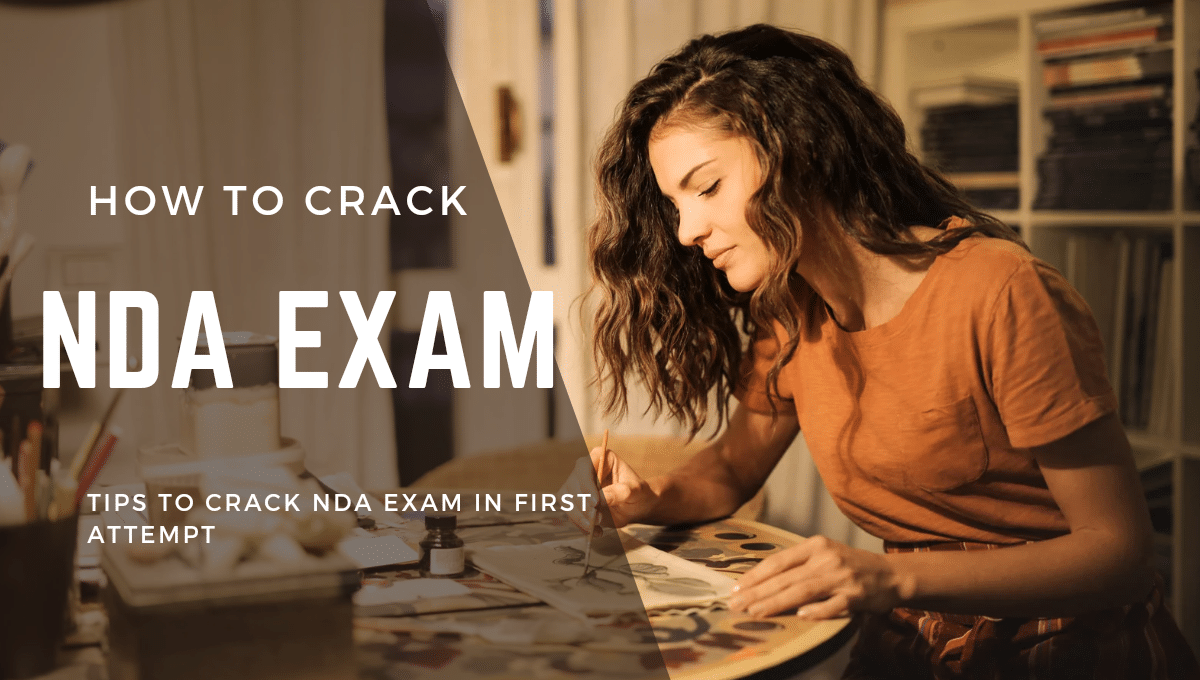Question 1. Define the principal focus of a concave mirror.
Question 2.
Which mirror is used by dentists?
Question 3.
What are the advantages and disadvantages of using convex mirror for seeing traffic at the rear?
Question 4.
What are the advantages and disadvantages of using a convex mirror for seeing traffic at the rear?
Question 5.
The refractive index of diamond is 2.42. What is the meaning of this statement?
Questions 6.A ray is incident along ACB on a spherical mirror, where C is the centre of curvature.
Question 7.
Find the focal length of a convex mirror whose radius of curvature is 32 cm.
Question 8.
Why do we prefer a convex mirror as a rear- view mirror in vehicles?
Q.9 What happens when the rays of sun are focused at a point on the paper by using concave mirror?
Question 10.
How is the refractive index of an optical medium related to the speed of light in that medium?
Question 11.
Define the term absolute refractive index of a medium.
Answers
1. The point on the principal axis where all the incident rays ,parallel to the principal axis actually meet after reflection from the concave mirror
2. Concave mirrors
5. It means ratio of speed of light in air to the speed of light in diamond is equal to 2.42
7.focal length =32/2 = 16 cm
8. Two reasons
i. It always produced erect and virtual image
ii. The size of the image is smaller then the object.
Both of the above reason allows the driver to have a wider view of the traffic behind the vehicle in small mirror
9. The paper burns due to converging of the light at that point.
10. Refractive index of an optical medium is ratio speed of the light in air to the speed of the light in the optical medium
11. Absolute refractive index of a medium is defined as the ratio of the velocity of light in vacuum to the velocity of light in the medium. If c is the velocity of light in vacuum and v in the medium, then n = c/v
NCERT Questions of Light Chapter Class X 2024
The refractive index of diamond is 2.42. What is the meaning of this statement?
The statement “The refractive index of diamond is 2.42” means that the speed of light in diamond is 2.42 times slower than its speed in a vacuum. The refractive index quantifies how much a material bends or refracts light. A refractive index of 2.42 indicates that diamond significantly alters the path of light passing through it, causing a notable bending effect. This high refractive index contributes to diamond’s characteristic brilliance and sparkle.
Introduction to Refractive IndexplayFundamental Optical Property: The refractive index of a material is a key optical property that indicates how much the material bends, or refracts, light. It is a dimensionless number that compares the speed of light in the material to its speed in a vacuum.
We wish to obtain an erect image of an object, using a concave mirror of focal length 15 cm. What should be the range of distance of the object from the mirror?
To obtain an erect image with a concave mirror, the object must be placed within the focal length of the mirror. For a concave mirror with a focal length of 15 cm, the object should be placed less than 15 cm from the mirror. The image formed will be virtual, erect, and larger than the object. This occurs because concave mirrors magnify objects when they are placed closer to the mirror than its focal point.
An object of size 7.0 cm is placed at 27 cm in front of a concave mirror of focal length 18 cm. At what distance from the mirror should a screen be placed, so that a sharp focussed image can be obtained?
Using the mirror formula 1/f = 1/v + 1/u for a concave mirror, with f = −18 cm (focal length is negative for concave mirrors) and u = −27 cm (object distance is negative), we find v ≈ −54 cm. The screen should be placed 54 cm in front of the mirror. The image is real, inverted, and magnified. Using the magnification formula, the image size is approximately 14 cm.
A doctor has prescribed a corrective lens of power +1.5 D. Find the focal length of the lens. Is the prescribed lens diverging or converging?
The power of a lens (P) is related to its focal length (f) by the formula P = 1/f, where f is in meters. For a lens with a power of +1.5 D, the focal length is f = 1/1.5 meters, which equals approximately 0.67 meters or 67 cm. The positive sign of the power indicates that the lens is a converging lens, typically used to correct farsightedness.
The magnification produced by a plane mirror is +1. What does this mean?
The magnification of +1 in a plane mirror indicates that the image formed is of the same size as the object. The positive sign signifies that the image is erect, maintaining the same orientation as the object. This means that a plane mirror creates an image that is a life-size, upright reflection of the object, with no magnification or reduction in size.
Name a mirror that can give an erect and enlarged image of an object.
A concave mirror can produce an erect and enlarged image of an object. This occurs when the object is placed between the focal point (F) and the pole (P) of the concave mirror. In this position, the image formed is virtual, erect, and larger than the actual object, making concave mirrors useful in applications like shaving or makeup mirrors where magnification is desired.
How can you distinguish between plane
mirror, convex mirror and concave mirror by merely looking at the image fanned in each
case?
You can distinguish between a plane mirror, a convex mirror, and a concave mirror by observing the characteristics of the image formed in each case:
1. Plane Mirror:
– The image appears the same size as the object.
– The image is upright and laterally inverted (left-right reversal).
– The distance between the image and the mirror is the same as the distance between the object and the mirror.
2. Convex Mirror:
– The image is smaller than the object.
– The image is upright.
– The image is virtual and appears to be located behind the mirror.
– The field of view is wider, meaning it shows a larger area behind you.
3. Concave Mirror:
– The image can be larger or smaller than the object depending on the object’s distance from the mirror.
– When the object is close to the mirror, the image is upright and magnified.
– When the object is far from the mirror, the image is inverted and reduced.
– The image can be real or virtual; if it’s real, it will be inverted and formed in front of the mirror. If virtual, it will be upright and formed behind the mirror.
By these observations, you can distinguish between the three types of mirrors.







скачать приложения онлайн казино https://mackowe.pl/novye-onlajn-kazino-2024-v-ukraine-6/
закачать приложения онлайн казино https://www.distribucionescobian.com/vulkan-kazino-vulkan-oficialnyj-sajt-onlajn-kazino-8
Descarga la 1xslots app y accede a una experiencia de juego de alta calidad.
Join the best betting site in Pakistan, 888Starz Pakistan, and win big.
For high-stakes betting, join 888Starz Pakistan and start winning big.
Испытайте удачу с Lucky Jet игра и выиграйте, просто управляя ракетой.
Узнайте больше о вывозе строительного мусора в Новосибирске https://www.otzywy.com/%D0%9D%D0%BE%D0%B2%D0%BE%D1%81%D0%B8%D0%B1%D0%B8%D1%80%D1%81%D0%BA/%D0%9C%D1%83%D1%81%D0%BE%D1%80%D0%BE%D0%B2%D1%8B%D0%B2%D0%BE%D0%B754%D1%80%D1%84-70000001051689706-id/
Скачайте легальные БК для мобильных устройств и начните делать ставки прямо сейчас
Получите максимум пользы от игры, используя промокод на лаки джет и начинайте с бонусами. Это позволит лучше контролировать ставки и изучить механику игры.
Ищете, где скачать 1xslots? Наш сайт предложит актуальное зеркало.
Для маршрута грузоперевозки Новосибирск Чаны выберите удобные попутные варианты.
Для продвижения сайтов в Яндексе подойдут курсы по накрутке ПФ, которые помогут улучшить позиции.
Наслаждайтесь привилегиями — просто скачайте 888starz apk ios
Организуйте доставку по доступной цене, выбрав попутный груз из Новосибирска
Скачайте 888Starz bet на андроид с официального сайта бесплатно
Мобильные ставки на спорт доступны каждому — просто скачайте БК на Android и начните выигрывать
Join the fun at CorgiSlots with free social slots and compete in daily tournaments
https://inspirahuset.no/chity-dlja-vseh-igr-na-android-apk-dlja-android-4/
https://info.decapp.it/top-30-samyh-luchshih-i-populjarnyh-igr-na-android-2/
Для удобного доступа ко всем функциям используйте рабочее зеркало 1xslots https://1xslots-russia.top/zerkalo/
Найдите все актуальные бонусы для 7k Casino, включая промокод ANDROID777, скачав APK через телеграм канал https://t.me/casino_7kk
Получите доступ к бонусам в 1xSlots, активируя промокод LEGAL1X при установке APK https://t.me/android_1xslots
Междугородние перевозки по выгодным условиям с попутными грузами из Новосибирска https://vk.com/gruz_poputno
Используйте зеркало https://888starz-russia.online для обхода любых блокировок и постоянного доступа к сайту.
игра Lucky Jet на деньги https://raketa-igra.fun/
https://forum.usinsk.in/blog/pages/?velosipednaya_obuvy_protiv_obuvi_spd.html
http://gribakov.com/news/advokat-gribakov-as-v-zhurnale-kriminal-i-nedvizhi
Все доступные промокоды собраны на https://888starz.today
Скачайте мобильное приложение от 888Starz и начните выигрывать с первого депозита https://owen.ru/forum/member.php?u=152178
Зарегистрируйтесь на https://888starz.today и получите свои бонусы за первый депозит.
üsküdar elektrikçi Google SEO ile web sitemizin performansı ciddi şekilde iyileşti. https://royalelektrik.com/